The headline above may have some spice addicts shaking their heads, but, believe it or not, there are people out there who either don't like or can't handle a ton of spice.
And even heat lovers sometimes add more spice to a recipe than intended—so check out these handy methods to dial the fire back on a spicy dish before serving.

Don't try this at home!
What Causes Food to Taste Spicy?
With very few exceptions, a compound called capsaicin (mostly found in peppers) is the culprit when food is deemed too spicy.
There are two factors at play in the level of spice perceived in any given food: the amount of capsaicin in the peppers, and the sensitivity of your mouth's receptors to that capsaicin.
- Don't Miss: The Know-It-All Guide to Peppers
Capsaicin is concentrated in the seeds and membranes of peppers, recipes often advise you to remove these if you want to limit the level of heat in a dish.
The heat of a pepper is judged on the Scoville Scale: the higher the Scoville Heat Units (SHU), the hotter the pepper. Bell peppers are the least hot with an SHU of zero; the hottest pepper in the world is the Carolina Reaper, measuring an inedible 2,200,000 SHUs.

This chart doesn't even include the hottest peppers, but there are some pretty hot ones on here.
The structures in your mouth that detect spiciness are called vanilloid receptors, specifically the VR1 receptors. But according to Wired Magazine, these sensors normally detect actual, physical heat—not the chemical reaction caused by food's spiciness that we call "hot."
So it seems that we started calling spicy food hot in part because our mouths (and bodies—have you ever started to sweat when you ate something spicy?) react to the capsaicin in spicy food the same way they react to scalding water or steaming food.

These jalapenos contain all of the membranes and seeds, so they are going to really set off your VR1 receptors.
How to Lessen the Spice in Spicy Food
There are 5 essential ways to reduce the amount of heat/spice in a dish after it has been prepared:
1. Add Additional Ingredients
The Kitchn points out that if you add in more ingredients to a dish that is too spicy, they will dilute the heat and help balance the flavor. So, for example, if your soup or stew is too spicy, add in more liquid.
I recently made a huge batch of spicy peanut noodles. Unable to eat it all myself, I asked a friend if he'd like some, but he ruefully told me that he was pretty sure he couldn't handle the heat. To make the dish more palatable to my taste-timid pal, I added in some julienned bell peppers, as well as making some other adjustments (that I'll address later in this article).

I added in some diced, mild peppers to bulk up my peanut noodles and offset the spice.
2. Add Dairy
Most of us know that, when our mouths are burning from spicy food, drinking water merely spreads the heat around. A glass of milk is a far better remedy, so it stands to reason that adding dairy to a dish will reduce the effects of the spiciness.
As Food guru Kenji Lopez-Alt describes over at Serious Eats, the casein protein contained in milk bonds to, surrounds, and washes away the spicy capsaicin molecules, much like how soap washes away grease.
When I recently made some chili, I thought that adding in diced tomatoes with chiles and a can of diced jalapeños would add a nice kick to the dish. What all those peppers actually did was make the chili nearly inedible. So in addition to adding in more cooked ground beef, as suggested above, I also topped the dish with a nice dollop of sour cream and a hearty sprinkling of grated cheese to dampen the burn.

I saved my too-hot chili by putting in more ground beef and topping it with sour cream & grated cheese.
- Don't Miss: The Easiest Way to Make Quick Cheese at Home
3. Add Sugar
To help offset the spiciness of the peanut noodles mentioned above, I also mixed some honey and soy sauce in. Both Allrecipes and Serious Eats note that sugar can balance out the spiciness of a dish, but this doesn't have to mean straight sugar, honey, or even other natural sweeteners. It can also mean sweeter ingredients.
For example, tomatoes are naturally sweet, so if your arrabbiata sauce is too spicy, like mine was (too many red pepper flakes), you can add in additional neutral tomato sauce; for my dish, I also mixed some brown sugar into the sauce to double the cooling effects).

Spicy Arrabbiata sauce can be toned down with the addition of sweet tomato sauce.
- Don't Miss: Why You Need to Finish Your Pasta in Its Sauce
4. Add Acid
In the same article, Serious Eats also states that the addition of sweetness to a too-spicy dish works best in conjunction with an acid. A few squeezes of lime helped make both my chili and my peanut noodles less mouth-searing. In the case of my penne sauce, in addition to the sugar and tomatoes, I mixed in a quarter cup of balsamic vinegar.

A few squeezes of lime over the chile, before I added the sour cream, helped tone down the heat.
5. Add Nut Butter
To help tone down the fire on my peanut noodles and to increase the peanut butter flavor as a contrast to the heat, I added in more peanut butter. But this trick is not limited to peanut-based sauces or foods alone, and can work well with a wide variety of dishes—from hearty stews to creamy soups.
For my purposes, this not only toned down the spicy factor, but improved the flavor of the sauce. However, I do want to mention that it's best to do this step before mixing the sauce with whatever you're serving it with. In my case, the noodles were cold by the time I realized they were too spicy; I had to heat up the peanut butter to make it easier to mix in.
Please note that this is one addition with which you have to be careful. The dangers of nut allergies came to the forefront in the mid-80s when, tragically, a patron died from ingesting award-winning chili that had peanut butter added in. So make absolutely sure that, if you are adding in nut butter to a dish that might not normally have it, you alert anyone who might be eating it.

Wendy Schapiro/Food Hacks
- Don't Miss: Use a Wok to Make Homemade Peanut Butter
It's Too Darn Hot in Here!
Of course, if you have the foresight to just not add too much spice while cooking, you're in good shape. After all, you can always serve your heat-loving guests or family members a small dish of chiles or hand them a shaker of crushed red peppers if they like their food mas caliente.
But if you go overboard or have guests who don't dig the heat (and you don't want them to get out of your kitchen), you now know some ways to make your dishes less spicy.
If you liked this article, follow us on Facebook, Twitter, or Instagram!







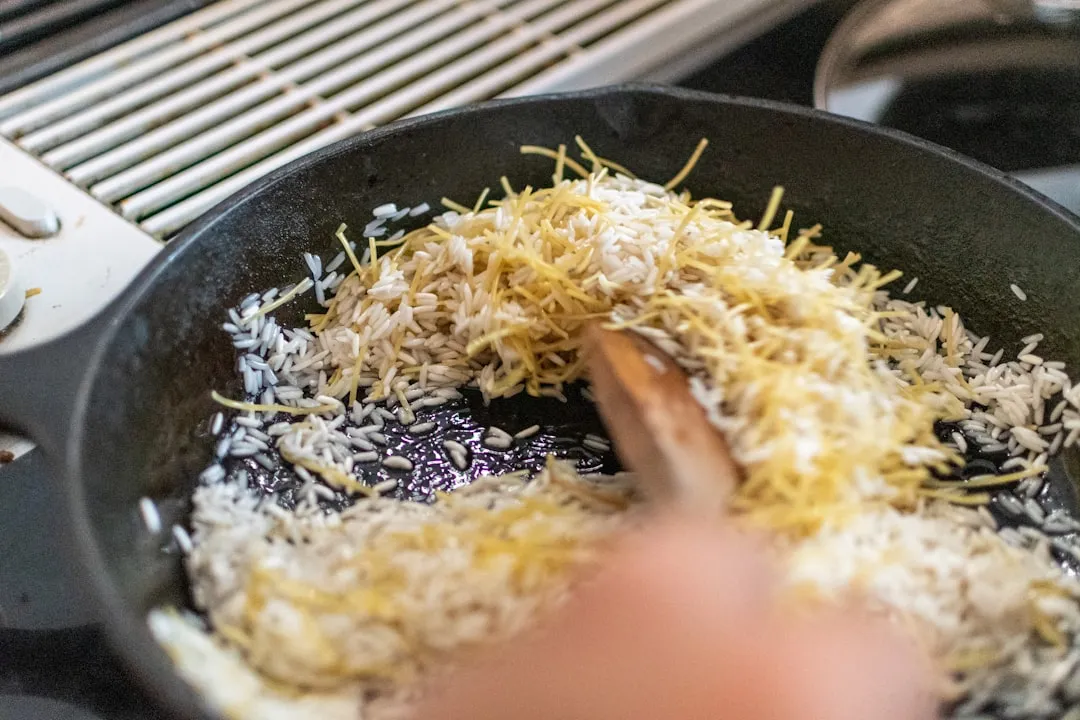


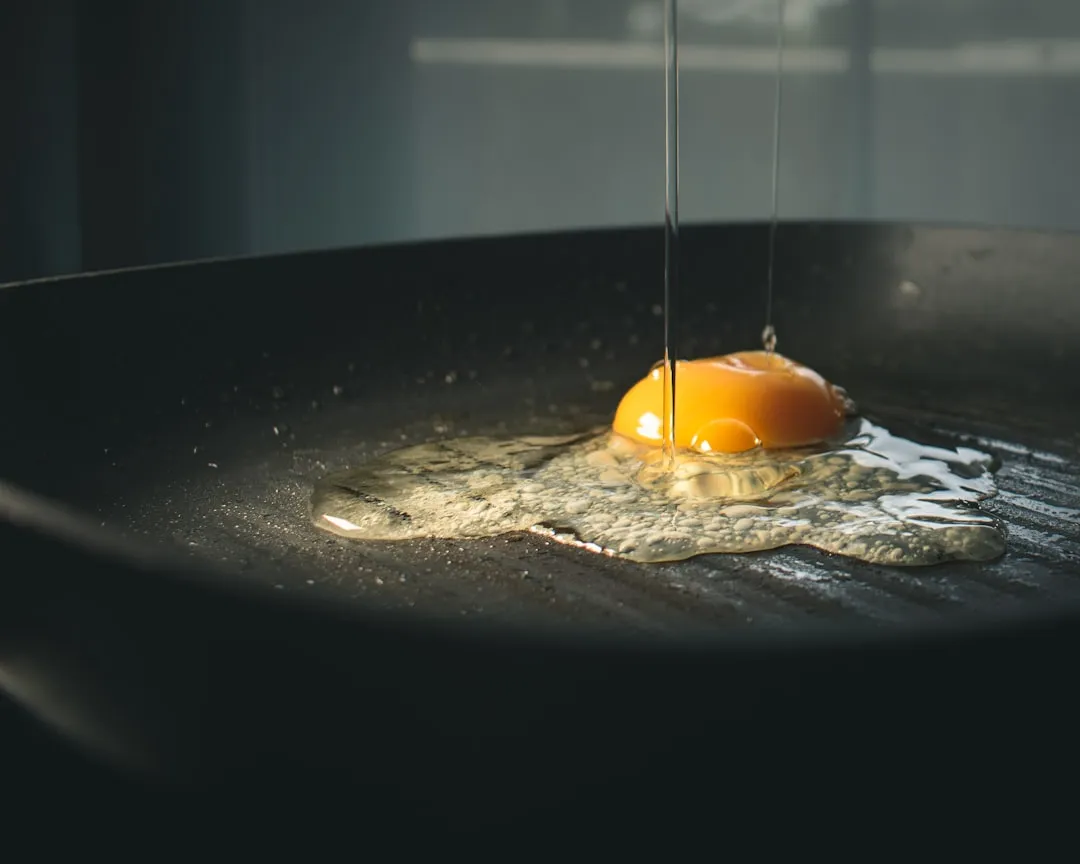


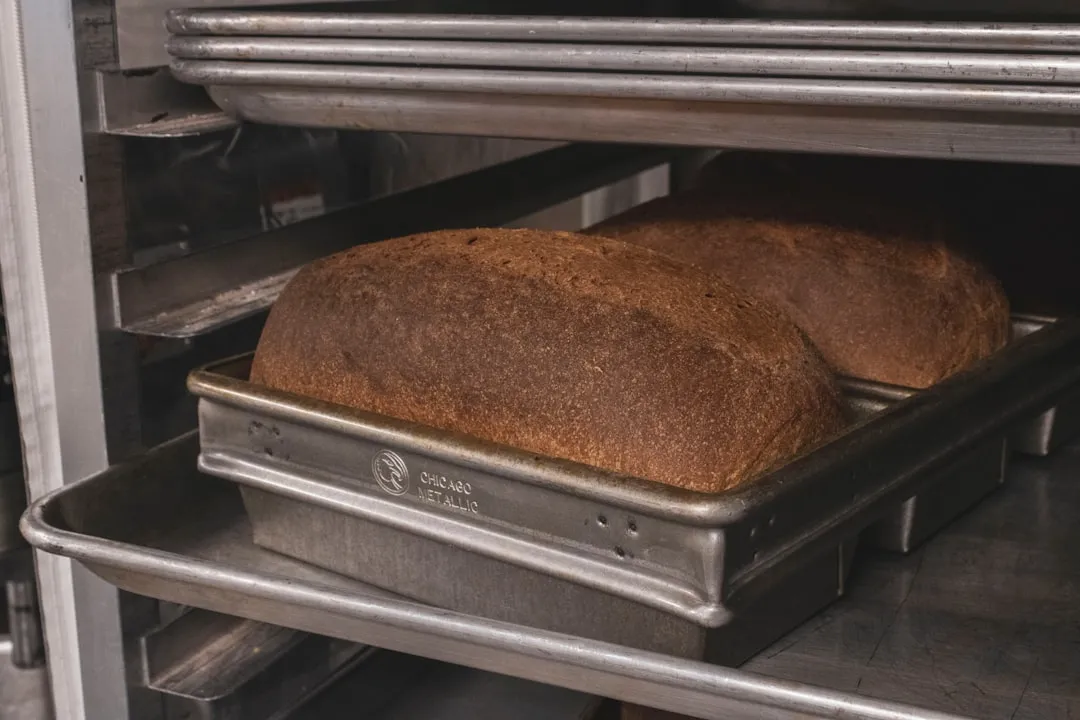







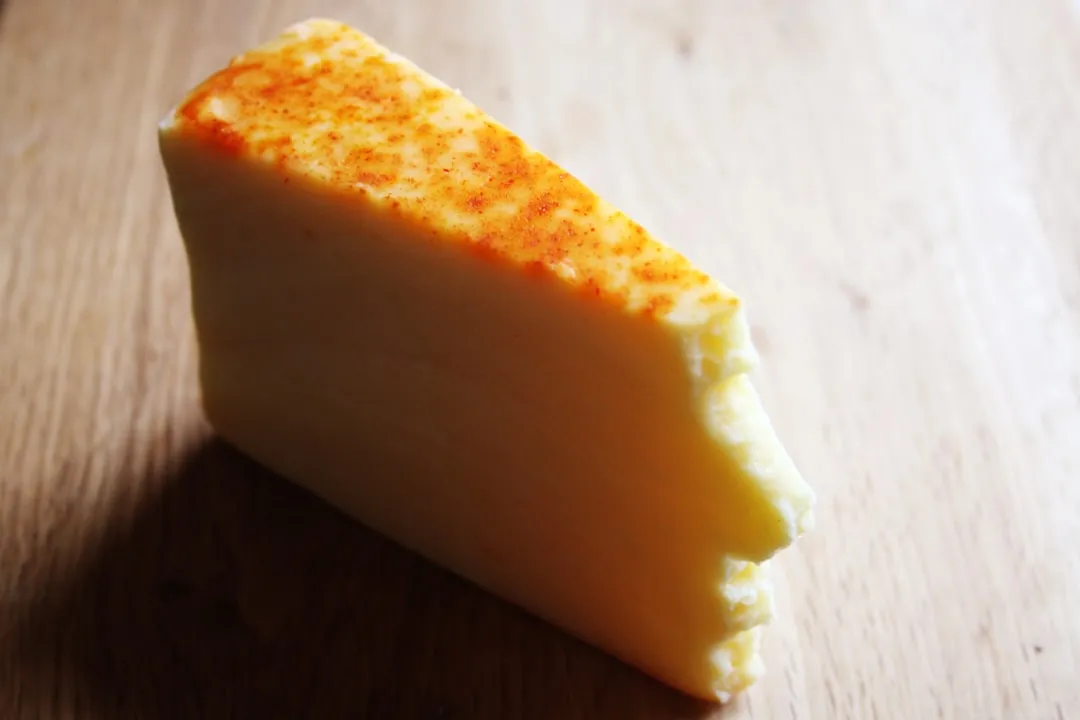
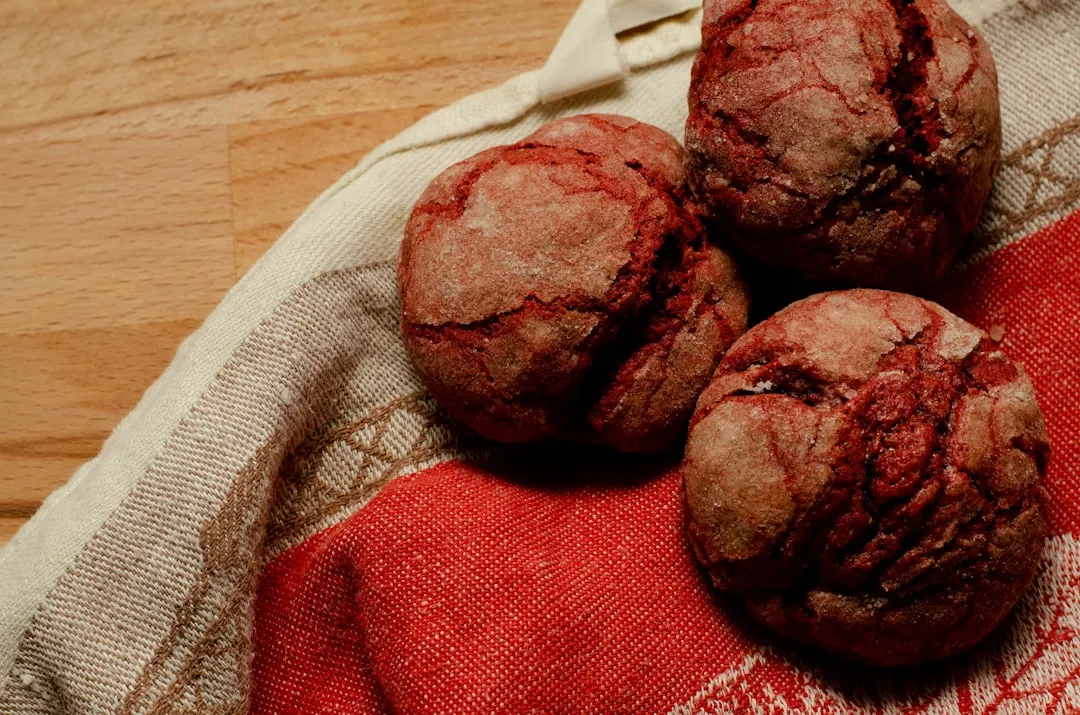


Comments
Be the first, drop a comment!